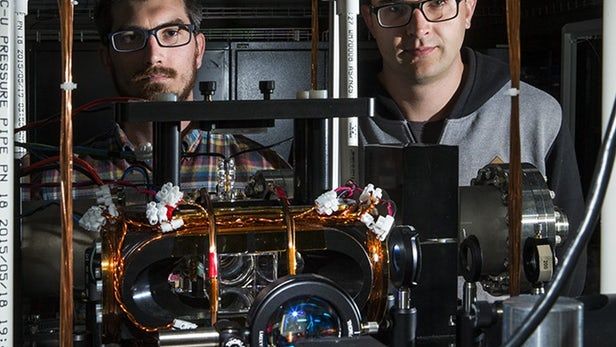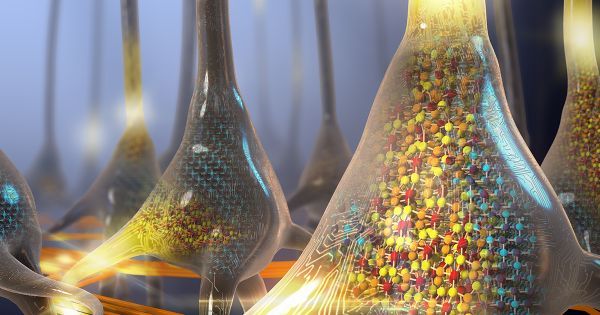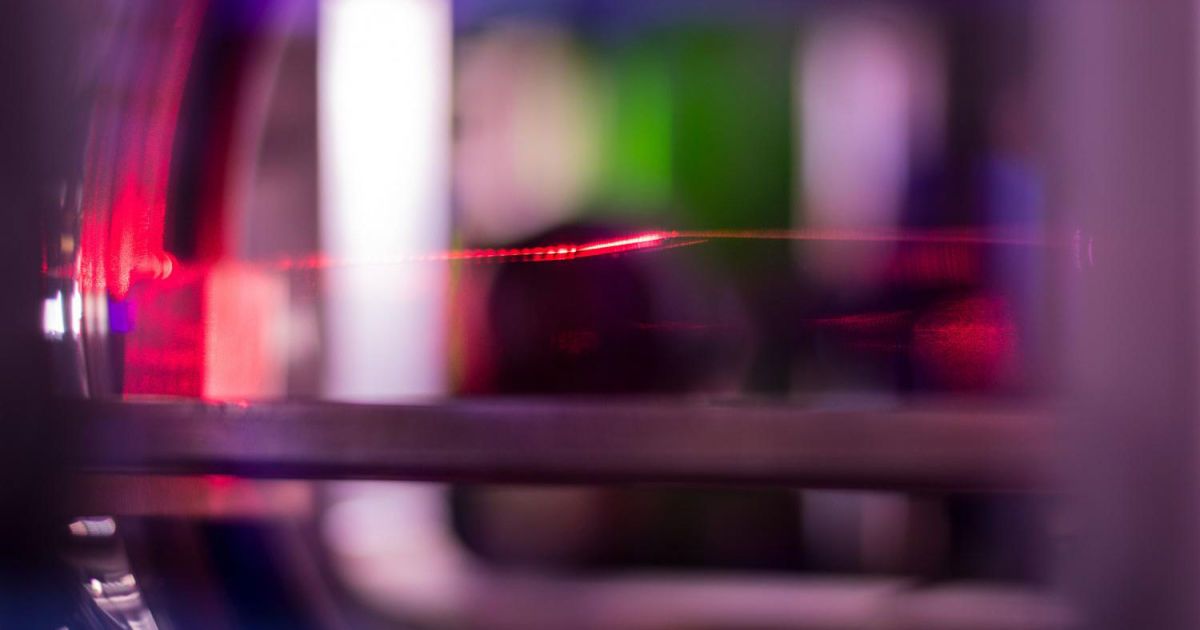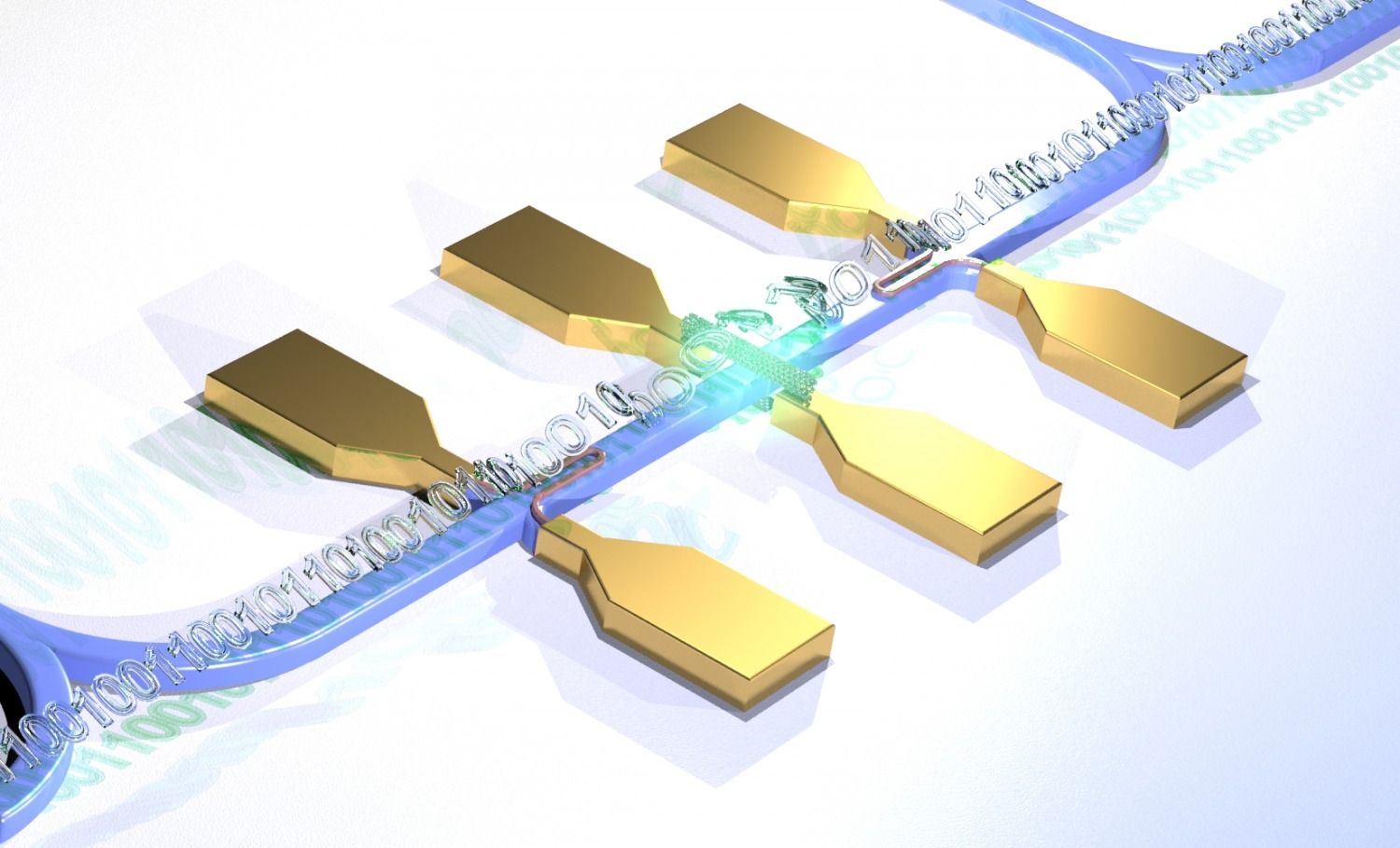Remember that scene in “The Force Awakens” where the dark side warrior Kylo Ren stops a laser blast in mid-air? In a Canberra laboratory, physicists have managed a feat almost as magical: they froze the movement of light in a cloud of ultracold atoms. This discovery could help bring optical quantum computers from the realms of sci-fi to reality.
The experiment, published in a paper this week, was inspired by a computer stimulation run by lead researcher Jesse Everett from the Australian National University. The researchers used a vaporized cloud of ultracold rubidium atoms to create a light trap, into which they shone infrared lasers. The light trap constantly emitted and re-captured the light.
“It’s clear that the light is trapped – there are photons circulating around the atoms,” Everett says. “The atoms absorbed some of the trapped light, but a substantial proportion of the photons were frozen inside the atomic cloud.”









